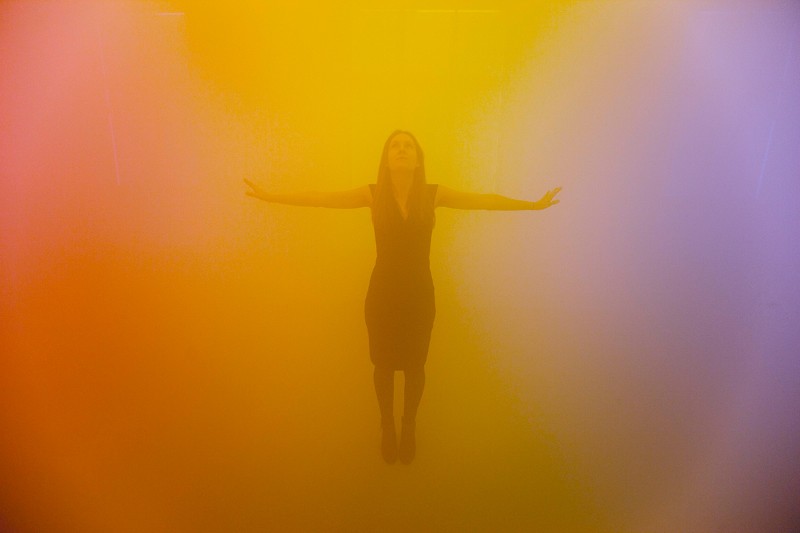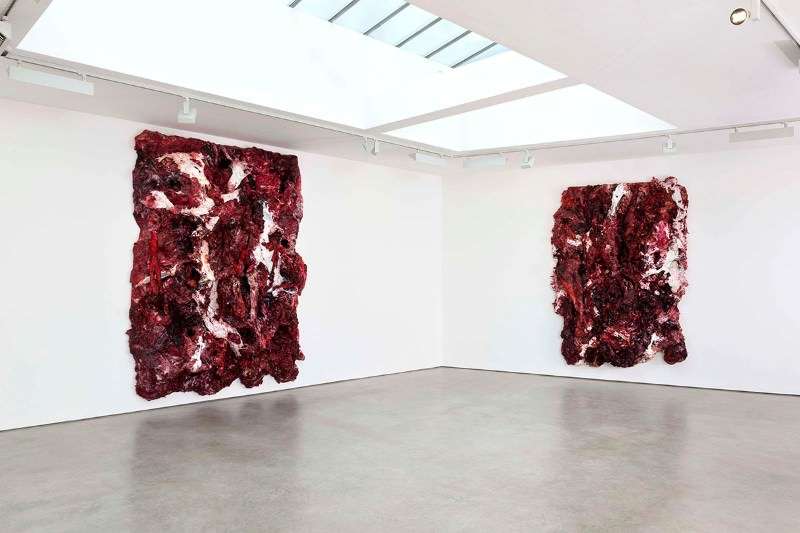
for New Scientist, 3 August, 2016
TAKE time over Liz West’s captivating neon artwork in the foyer of London’s Natural History Museum, because darkness awaits at Colour and Vision, its latest exhibition. It’s not that the sun didn’t shine 550 million years ago, where this story begins – just back then there were no eyes to see.
The basic chemical and structural components of vision existed long before it evolved. Something happened to make eyes viable, although the exact nature of that innovation remains mysterious. But once visual information meant something, there was no stopping it – or life. For with vision comes locomotion, predation, complex behaviour, and, ultimately, consciousness.
Colour and Vision does a great job of explaining colour’s role in this story, although sometimes the curators bite off more than they can chew, as when they try to explain the difference between half a dozen kinds of compound vision.
The best insights come from the objects themselves. A sample card of dyed wools reminds us just how hard it has been for humans to extract colours from their environment. For most of our history we have used a dead-leaf palette. In contrast, Gouldian finches boast heads of different colours (black, red, yellow), cowries wrap their bodies around colourful shells, and molluscs lay down iridescent nacre – one of nature’s most beautiful materials – simply to strengthen their shells.
We, however, need an entire industrial base before we can say with any honesty, as the exhibition does, that “we are the only species with the power to choose what colour means for us”. Even then we are constantly reminded that our colour vision is a relatively recent acquisition, and that it’s a mess genetically. This means that there’s a world of variety, beauty and meaning out there humans simply can’t see.
Visit this exhibition, and brush up against it. It’s an uncanny trip.




